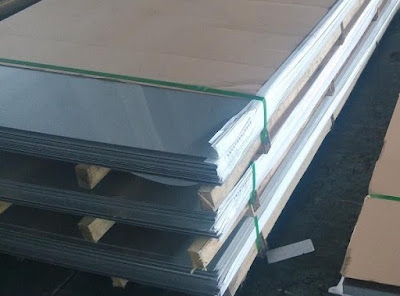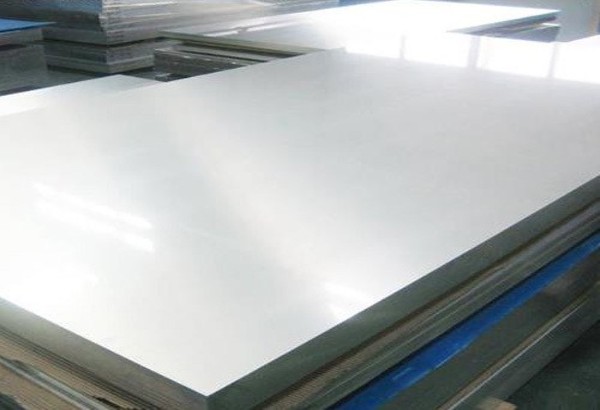Duplex 2205 Plates
Duplex 2205 Plate is a two-phase, ferritic, austenitic stainless steel alloyed with 22% chromium, 3% molybdenum, and 5 to 6% nickel. It is the most often used duplex stainless steel grade and has double the yield strength of normal austenitic stainless steel grades. It also has strong fatigue strength and is resistant to stress corrosion cracking, crevice, pitting, erosion, and general corrosion in harsh conditions.
Applications:
Chemical processing, transportation, and storage - pressure vessels, tanks, pipes, and heat exchangers are examples of applications.
Pipelines, tubing, and heat exchangers are examples of oil and gas exploration and processing equipment.
Marine and other chloride-rich settings
Scrubbing systems for effluent
Digesters, bleaching equipment, and stock-handling systems for the pulp and paper industries
Ship and truck cargo tanks
Food processing machinery
Plants that produce biofuels
Standards:
ASTM/ASME: A240 UNS S32205/S31803
EURONORM: 1.4462 X2CrNiMoN 22.5.3
AFNOR: Z3 CrNi 22.05 AZ
DIN: W.Nr 1.4462
Corrosion Resistance:
Because of its high chromium, molybdenum, and nitrogen content, Duplex 2205 is more corrosion resistant than 316 and 316L in most situations.
The presence of chromium, molybdenum, and nitrogen provides strong resistance to pitting and crevice corrosion, even in oxidizing and acidic solutions.
Resistant to chloride stress corrosion cracking and temperatures reaching 302°F (150°C).
Duplex 2205 performs well in caustic situations because of the presence of ferrite.
Heat Resistance:
Duplex 2205, like other duplex stainless steels, offers strong oxidation resistance at high temperatures.
Duplex 2205 is susceptible to embrittlement when subjected to temperatures exceeding 572°F (300°C), even when exposed for short periods of time; as a result, it is not recommended for usage above 572°F (300°C).
Characteristics of Welding:
Has a high weldability rating.
In general, it should not be welded without filler metal as this may result in excessive ferrite.
Heat Treatment:
Annealing temperatures vary from 1868 to 2012°F (1020 to 1100°C).
Heat treatment cannot be used to harden Duplex 2205, however it may be work-hardened.
To minimize warping and distortion, special care must be given to compensate for a greater coefficient of thermal expansion.
Hot Forming:
Most Duplex 2205 manufacturers propose a maximum hot forming temperature of 2010 to 2100°F (1100 to 1150°C). If the work piece's form is not compact, the edges may be much colder than the mass, increasing the danger of cracking in the cooler parts.
Cold Forming:
Duplex 2205 Plates have demonstrated strong formability in a number of fabrications. Duplex 2205's great strength might cause issues. Even if the equipment is powerful enough, higher spring-back must be allowed for due to the grade's high strength.



Comments
Post a Comment